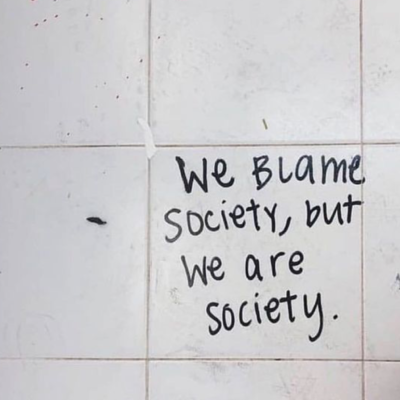
When I look at my mom’s hands and feet I know the future of mine. They are identical: Mine are hers, thirty years younger.
We have a ritual of getting pedicures and manicures together. My mom always gets the same shade of magenta on her toes; if she gets a manicure, it’s only clear polish. I go with whatever garish color I’m feeling—something sparkly, something bright, something dark…very few practical colors. Her choice in color says something about her appearance: She is conscientious but unfussy. My color choices reveal more about my vanity than I wish; I’m interested in my appearance, fickle, and sometimes garish.
My mom and I go to the same strip mall nail salon. We sit next to each other and flip through old magazines. I turn off the massage feature on her chair for her. We giggle as the pumice stones remove dead skin from our heels.
The last time we went, one of the manicurists pointed at me and asked my mom, “Is she your daughter?”
“Yes, she’s mine,” my mom said, claiming me.
The manicurist paused. “Is she adopted?”
My mom smiled and shook her head. I smiled, too, and restarted the knead function on my chair. We walked out, laughing. “How could they not tell we were related?” I said, gesturing at my newly-painted nails. “They saw our hands and feet! We’re identical!”
To many Japanese people, I look white. To many white people, I look Asian. To most, I look like a mix. To few, I look like my mom’s daughter.
Elle Kurata
We joke, but we know I am not the spitting image of her. Her recessive blonde hair and blue eyes were not passed down to me or my brother, which is to be expected when your other parent is Japanese, with dominant black hair and dark brown eyes. In some ways I am the middle of my parent’s Venn diagram: I have brown hair and eyes equal parts green and brown. My dad stands at 5’6” and my mom at 5’0”; I am 5’3”.
This is where the similarities stop. The rest of my phenotype is not traced to either parent. Together, their genes gave me a face that looks like neither’s. My nose is small and my lips are full. My eyes aren’t the same shape as my dad’s, but they aren’t quite my mom’s either.
To many Japanese people, I look white. To many white people, I look Asian. To most, I look like a mix. To few, I look like my mom’s daughter.
I used to ask my mom if she wished I looked like her. I wondered if there was a certain connection she’d hoped to have—the sensation of seeing her own eyes reflected back at her in a younger version of herself. Was there a different kind of bond formed by teaching your daughter how to become a woman in a body that resembled the one you, yourself, had grown into?
My mom always said no. It didn’t matter to her how I looked. She thought I was perfect just the way I was.
Once, as a kid, I found her at the kitchen table with brown and black markers. She was performing a dye job in miniature, coloring in the blonde hair of characters in a children’s book so they would more closely resemble my brother and me. “See? she said, showing me her handiwork. “Cute!”
When I came home crying, she listened, but she couldn’t tell me how to navigate life in my body.
Elle Kurata
As I grew up and grew into the insecurities that came with the awareness of my body, my mom was with me. When I complained about how hairy my legs were, she taught me how to shave them in a hotel room before a cousin’s wedding. “Is it okay if I tell Aunt Lorraine?” she asked, giggling.
Later, she caught me taking tweezers to eyebrows; I was self-conscious about the way they grew toward each other.
“Don’t over pluck,” she warned, arching her own thin brows. “Trust me.”
She made me appointment to get them waxed; when I came out of the aesthetician’s room with the skin around my eyes an angry red, she smiled and told me they looked great.
But as I grew more and more aware of my appearance, I also grew aware of my ethnicity. At school I was the butt of Asian slurs and mean jokes, all of which was confusing because I wasn’t Asian. I didn’t look or feel Asian. How could I be with the mom I had?
When I came home crying about the boys who pulled their eyes back to mock me, my mom, in her practicality, said she wanted to wring those boys’ necks. She listened, but she couldn’t tell me how to navigate life in my body.
Those taunts made me feel like being Asian was something to be ashamed of when, of course, it wasn’t. I never wished, exactly, to look like her or be different than I was. But I did, like all adolescent girls, ache to feel comfortable in my body. My mom tried to ease this process along, but when it came to the question of my ethnicity she had no practical solutions, no lived experience to share.
Genes and phenotypes are never the easy Punnett squares we learned in biology class. My mom can’t tell if a stranger will identify me as her daughter, or if people will judge me as white, Asian, or half-Japanese. She can’t tell me what it’s like to inhabit the body I do, but she takes me with her to get our nails done. It’s a small, shared ritual, and a reminder that she has hands and feet that look just like mine.


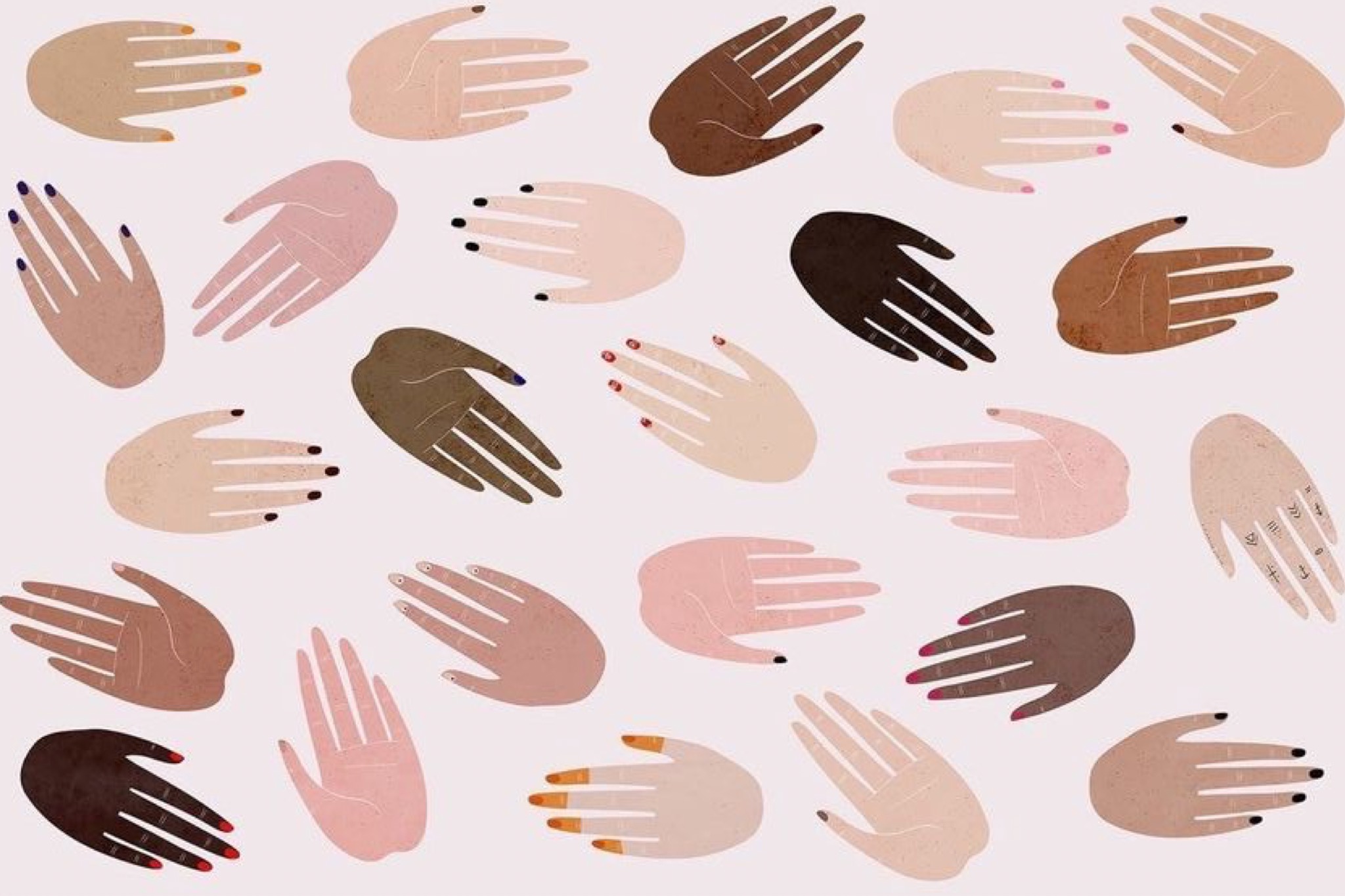
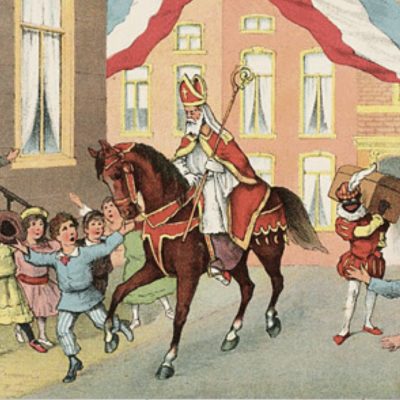
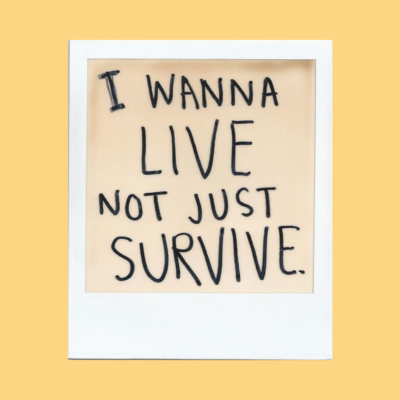
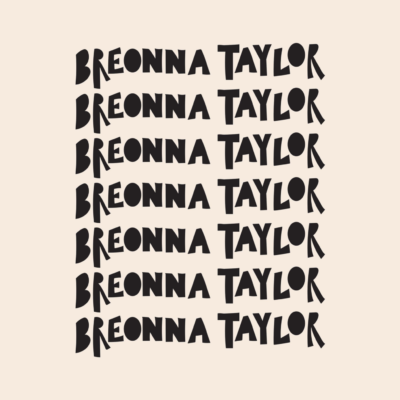
As a daughter who looks just like my mother, but as a mother who has two boys that couldn’t look more different, this touched me. Great writing.
As a half Chinese half Caucasian woman, this article speaks to me on so many levels. My mom recalls crying in the park one day when I was a baby because I had such strong Chinese features and looked so unlike her that a woman assumed my mom was a nanny. Hearing my mom tell me this story when I was in my teens, or going into my 20s realizing I looked so unlike both my parents, caused me to feel a lack of identity – not asian enough to identify as one, but too ethnic in appearance to be “white”.
OMG Elle! What a great article!
i see so much of your mom in you- it has always been therefor anyone who cared to look…
This is so cute. I am black and caucasian, it rings familiar. I look like both my parents, which is nice you know. 🙂